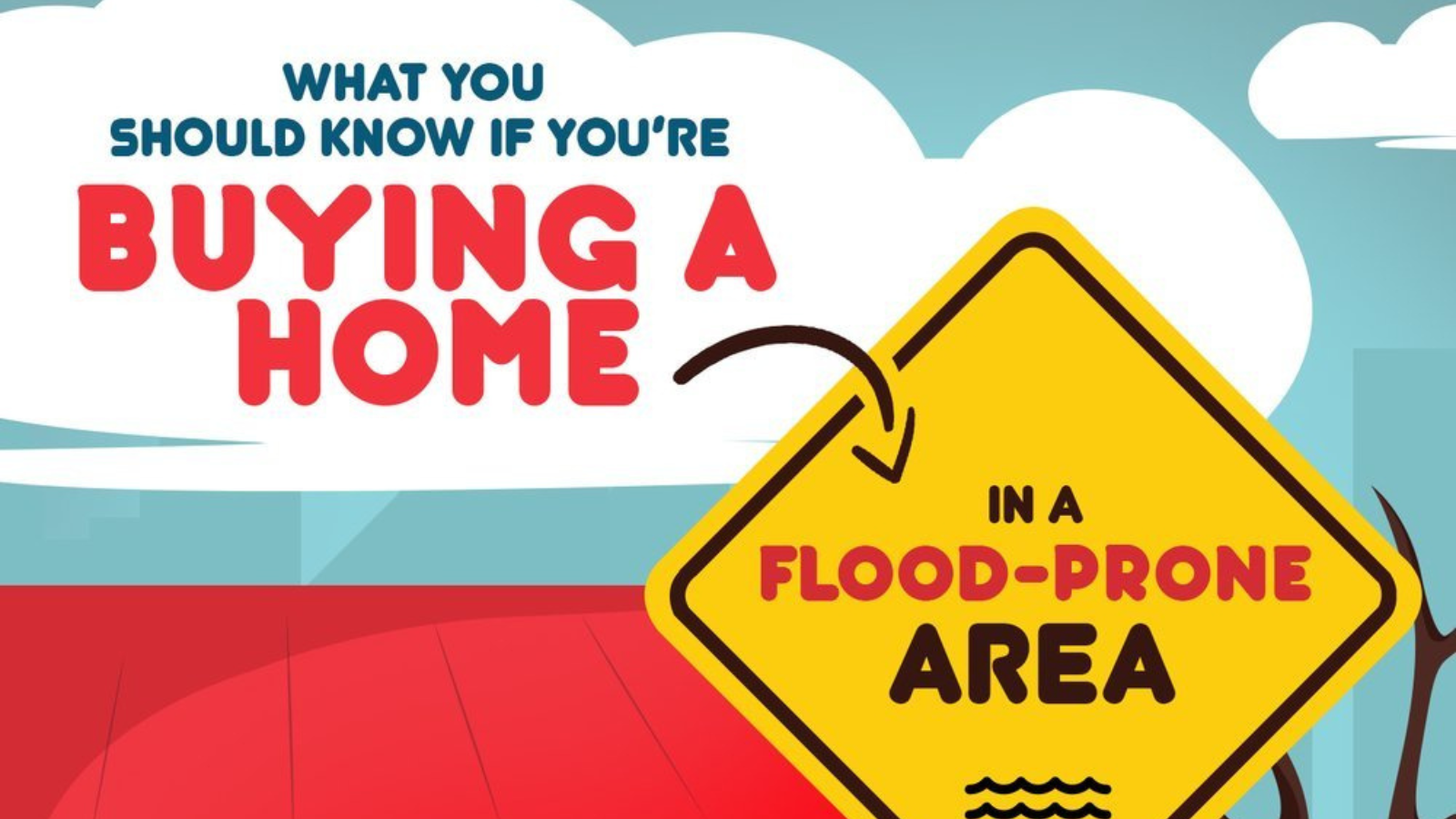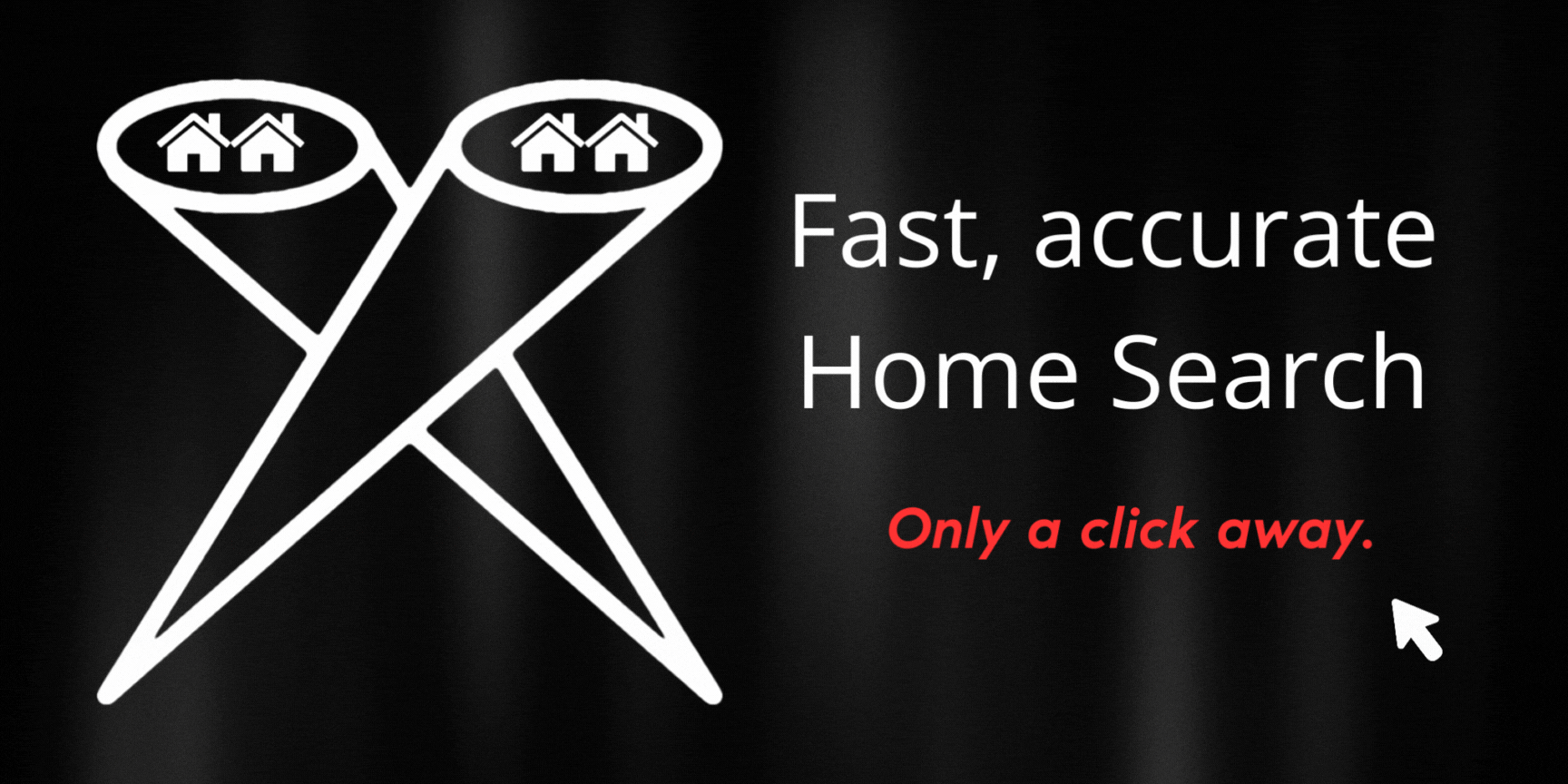Are you on the hunt for your dream home in Santa Cruz? The charming slice of California offers a variety of options, from cozy beach cottages to spacious mountain retreats. But before you make the final decision, it’s crucial to consider the potential risk of flood damage. Santa Cruz is known for its beautiful coastline and proximity to bodies of water, which can increase the likelihood of flooding. In this guide, we will explore the key factors you should know when buying a home in a flood-prone area in Santa Cruz.
Understanding Flood Risk in Santa Cruz
According to the Federal Emergency Management Agency (FEMA), flood risk exists wherever it can rain. In fact, historical data from 1996 to 2019 shows that 99 percent of U.S. counties have experienced flooding events. With the impact of climate change, the risk of flooding is only expected to increase. Therefore, it’s essential to have a good understanding of your prospective property’s flood risk before making a purchasing decision.
To determine the flood risk of a potential home in Santa Cruz, you can consult official flood maps. FEMA’s Flood Map Service Center provides up-to-date information on flood zones in the area. By entering the address, you can locate the flood zones and assess the risk associated with the property. Flood maps categorize areas into two main types: Special Flood Hazard Areas (SFHAs) and Non-Special Flood Hazard Areas (NSFHAs).
- Special Flood Hazard Areas (SFHAs): These areas have a 1% or higher chance of flooding each year and at least a one-in-four chance of flooding during a 30-year mortgage. SFHAs are considered high-risk flood zones.
- Non-Special Flood Hazard Areas (NSFHAs): These areas are designated as low- to moderate-risk flood zones. NSFHAs are not in immediate danger from flooding caused by overflowing bodies of water or heavy rainfall.
It’s crucial to research this information early in the homebuying process to assess the potential impact on the property’s price and whether you need to purchase flood insurance.
Assessing the Property’s Flood History
While flood maps provide valuable information about the general flood risk in an area, it’s also important to investigate the specific flood history of the property you’re interested in. The seller’s property disclosure statement, a legal form designed to share facts about the property’s condition, can offer insights into any past flood events. However, it’s important to note that federal statutes do not require sellers to disclose flood risk or prior flood damage.
To gather more information, you can:
- Ask the sellers directly about any past flood events or insurance claims related to flooding.
- Check the property’s flood history through the insurance carrier.
- Research flood history in the area, especially if it is near a body of water, by asking neighbors or searching online archives from local news outlets.
Gaining a comprehensive understanding of the property’s flood history is crucial in making an informed decision about its suitability for your needs.
The Importance of Flood Insurance
If your desired home is located in a flood zone in Santa Cruz, obtaining flood insurance is essential, especially if you require a mortgage to purchase the property. Homeowners insurance typically does not cover flood damage, so a separate flood insurance policy is necessary for adequate protection. Even a single inch of floodwater can cause significant damage, with repair costs reaching up to $25,000.
There are two primary types of flood insurance available: the National Flood Insurance Program (NFIP), a government-backed option, and private flood insurance. It’s important to note that NFIP coverage is only available in certain communities. If your community does not offer NFIP coverage, private insurers are the best alternative.
The average cost of flood insurance from NFIP is approximately $995 per year, according to Forbes Advisor. Before purchasing a property in a flood-prone area, it’s essential to carefully consider the cost of flood insurance and include it in your monthly budget.
Collaborating with Your Real Estate Agent
Your real estate agent is a valuable resource when navigating the complexities of buying a home in a flood-prone area. Although they may not be flood map experts, they can provide guidance and support throughout the process. Here’s how your agent can assist you:
- Identifying flood zones: Your agent can inform you if the prospective home is within a designated flood zone and explain the associated risks.
- Understanding seller disclosure forms: Seller disclosure forms can be complex, especially for first-time homebuyers. Your agent can help you interpret these forms and identify any flood-related information disclosed by the seller.
- Exploring floodplain management: Your agent can provide information on the local government’s floodplain management efforts and help you decide if consulting a floodplain manager is necessary.
- Connecting with insurance agents: If you decide to proceed with purchasing a home in a flood-prone area, your agent can recommend reputable insurance agents who specialize in flood insurance.
Your real estate agent acts as your knowledgeable partner, guiding you through the process and helping you make well-informed decisions.
Weighing the Pros and Cons
Deciding to buy a home in a flood-prone area involves weighing the pros and cons carefully. Santa Cruz’s proximity to beautiful bodies of water, such as lakes, rivers, and the ocean, can be a significant attraction. Living in a charming house close to nature can be appealing, despite the associated risks and insurance costs.
Before making a decision, consider the following factors:
- Level of comfort with risk: Assess your tolerance for potential flood events and the resulting impact on your property.
- Financial ability: Determine if you can afford the additional costs of flood insurance and potential flood damage repairs.
- Mitigation measures: Research the steps you can take to mitigate flood damage, such as installing flood barriers or elevating the property.
By carefully evaluating these factors, you can make an informed decision that aligns with your preferences and priorities.
Conclusion
When purchasing a home in Santa Cruz, it’s crucial to consider the potential risk of flood damage. By consulting official flood maps, researching the property’s flood history, obtaining flood insurance, and collaborating with your real estate agent, you can make an informed decision. Weigh the pros and cons, considering your comfort with risk, financial ability, and mitigation measures. With careful consideration, you can find your dream home in Santa Cruz while being prepared for potential flood events.





